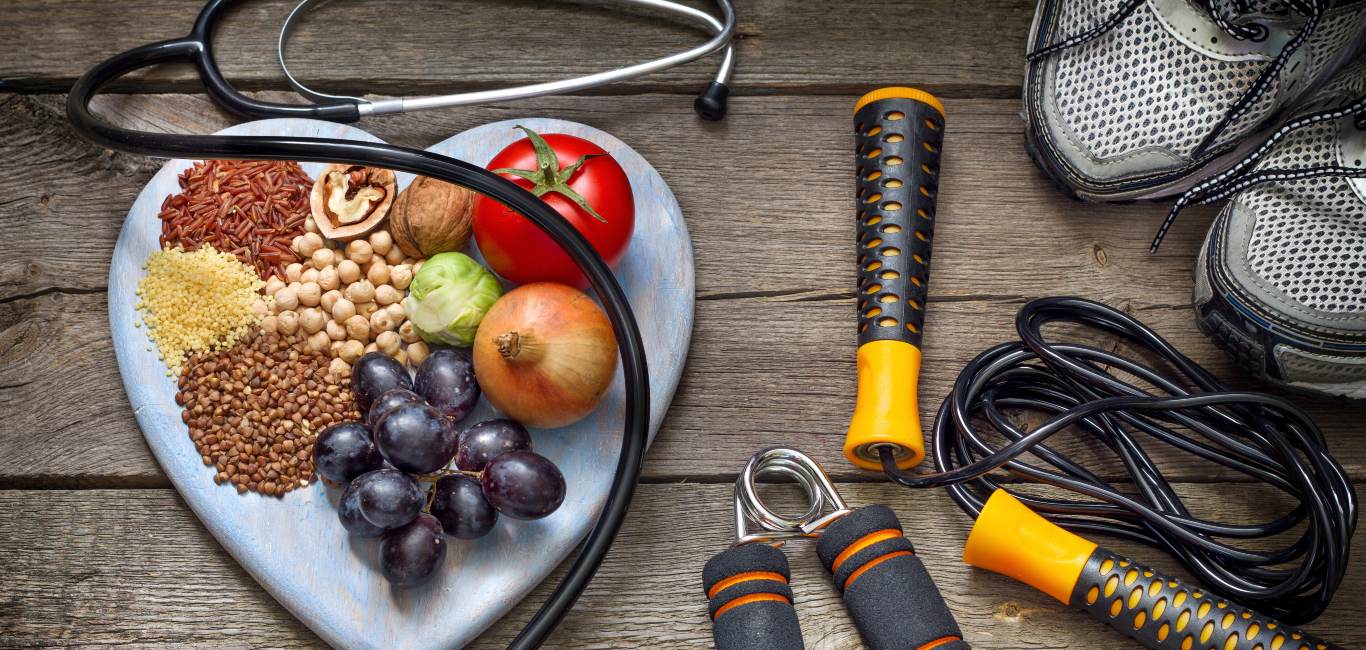
Saramma MC, a retired central government employee from Cochin, recalls, “I had been under stress during the peak pandemic times. The symptoms started with severe heaviness in my head for a few days, and headaches that affected the entire head, which I thought was a migraine. My sleep cycle was disturbed, and I felt restless during the daytime.”
The 61-year-old was diagnosed with high blood pressure. “I was prescribed medications, which were only a temporary way to manage hypertension,” she adds.
At this point Saramma decided to follow a natural way of managing hypertension. Her naturopath identified anxiety as one of the leading causes of rise in her blood pressure.
“My naturopath asked me to add more fruits and veggies to my diet, reduce my carb intake and follow an early dinner pattern. I regularly followed breathing exercises and pranayama.” These practices have gradually helped her manage hypertension. Her medication continues, but at a reduced dosage now.
“Emotional intensity also seems to influence blood pressure variation. I always try to be happy by doing mindful yoga and pranayama exercises,” says Saramma.
High blood pressure or hypertension is a health condition in which the force of blood against the artery is so high that it can lead to various health issues, particularly heart conditions. One can suffer from hypertension for years without showing any symptoms or signs. But the damage to the blood vessels continues even when no signs exist.
Also, read – High blood pressure: Symptoms, causes, diagnosis and treatment
Naturopathic approach to high blood pressure
“Lifestyle changes and diet are significant causes of hypertension. A natural way of dealing with hypertension is recommended by prescribing a well-balanced routine of diet, exercise, yoga, and rest,” says Dr Surya Ramesh, former head of the Department of Naturopathy at Sri Sri Ayurveda Hospital, Bengaluru.
Various factors contribute to high blood pressure conditions, including genetics, but lifestyle changes play a major role. According to the American Journal of Hypertension, excess body fat is a predominant cause of high blood pressure along with dietary salt, alcohol, and physical inactivity.
Dr Bindhu Shridhar, senior naturopathy physician, SDM College and Hospital of Naturopathy and Yoga, Ujire, Karnataka, told Happiest Health that the naturopathic approach towards hypertension is multi-dimensional. It involves methods to eliminate stress, enhance cardiac function, and regulate hormones and enzymes at two levels.
The first is the physical level, where modifying physical risk factors is given priority. Second is the mental level, which involves putting right behavioural risk factors, including stress. These are achieved through various therapeutic modalities like natural diet, hydrotherapy, mud therapy, massage therapy, acupuncture, acupressure, and yoga, she adds.
For people with mild to moderate hypertension, the naturopathic approach works in managing the condition with diet, exposure to sunlight and nature, and lifestyle changes, says Dr Ramesh.
In therapeutic diet therapy, naturopaths advise a personalised meal plan for morning, afternoon, and evening. Monitoring the person over the initial few days is important. Dr Ramesh adds that if a person is under hypertensive medicines, they work with the person’s physician to help reduce the medication dosage.
Veggies and fruits to relieve tension
Experts say that an individual should reduce the intake of cereals and a diet plan should preferably include more fruits and vegetables. Dr Shridhar says, “Eating more fruits and vegetables will increase potassium levels in our body and help the kidneys to work more efficiently. It eventually reduces the blood pressure.”
She adds that fruits and vegetables rich in potassium like bananas, watermelons, tomatoes, oranges, potatoes, sweet lime, leafy vegetables, and almonds help manage high blood pressure.
Naturopaths suggest consuming raw vegetables for effective management of hypertension. A vegetable salad with carrots, tomatoes, onions, radish, or cabbage is a good choice. A small amount of salt and drops of lemon juice can be added for flavour.
A vegan diet reduces blood pressure
A study published by JAMA Internal Medicine states that a vegetarian diet is associated with lower prevalence of hypertension. A diet rich in potassium, magnesium, protein, and dietary fibres reduces high blood pressure.
According to naturopaths, vegetarian diet help reduce excess body weight, which eventually helps reduce high blood pressure. Dr Shridhar says coconut water, pomegranate juice, beetroot juice, hibiscus tea, cinnamon-cardamom-ginger tea, and barley water can help lower blood pressure levels.
Dine with garlic
Garlic is regarded as one of the most effective herbs for lowering blood pressure. According to a study published by the National Centre for Biotechnology Information, allicin, a component present in garlic, may prevent the production of angiotensin II that is responsible for increasing blood pressure by causing blood vessels to tighten up.
The pressure and tension are reduced because garlic extract can ease the spasms of the small arteries. Naturopaths also advise including garlic in one’s daily diet.

Exercise and yoga can help
Numerous studies have shown the benefits of exercise in controlling high blood pressure, but the primary advice of experts is to follow a regime with caution. Walking is a good form of exercise that helps improve blood circulation. Once our blood pressure is under control, we can indulge in other exercise forms like cycling, swimming, and jogging.
Some of the recommended yogic asanas are surya namaskara (sun salutation), makarasana (crocodile pose), matsyasana (fish pose), vajrasana (diamond pose), pavan-muktasana (wind relieving pose) and shavasana (corpse pose).
We can also follow with simple pranayama exercises like anuloma-viloma and abdominal breathing. When the systolic pressure is above 160mmHg, one should avoid weightlifting exercises and other yogic poses and follow shavasana, say experts.

















